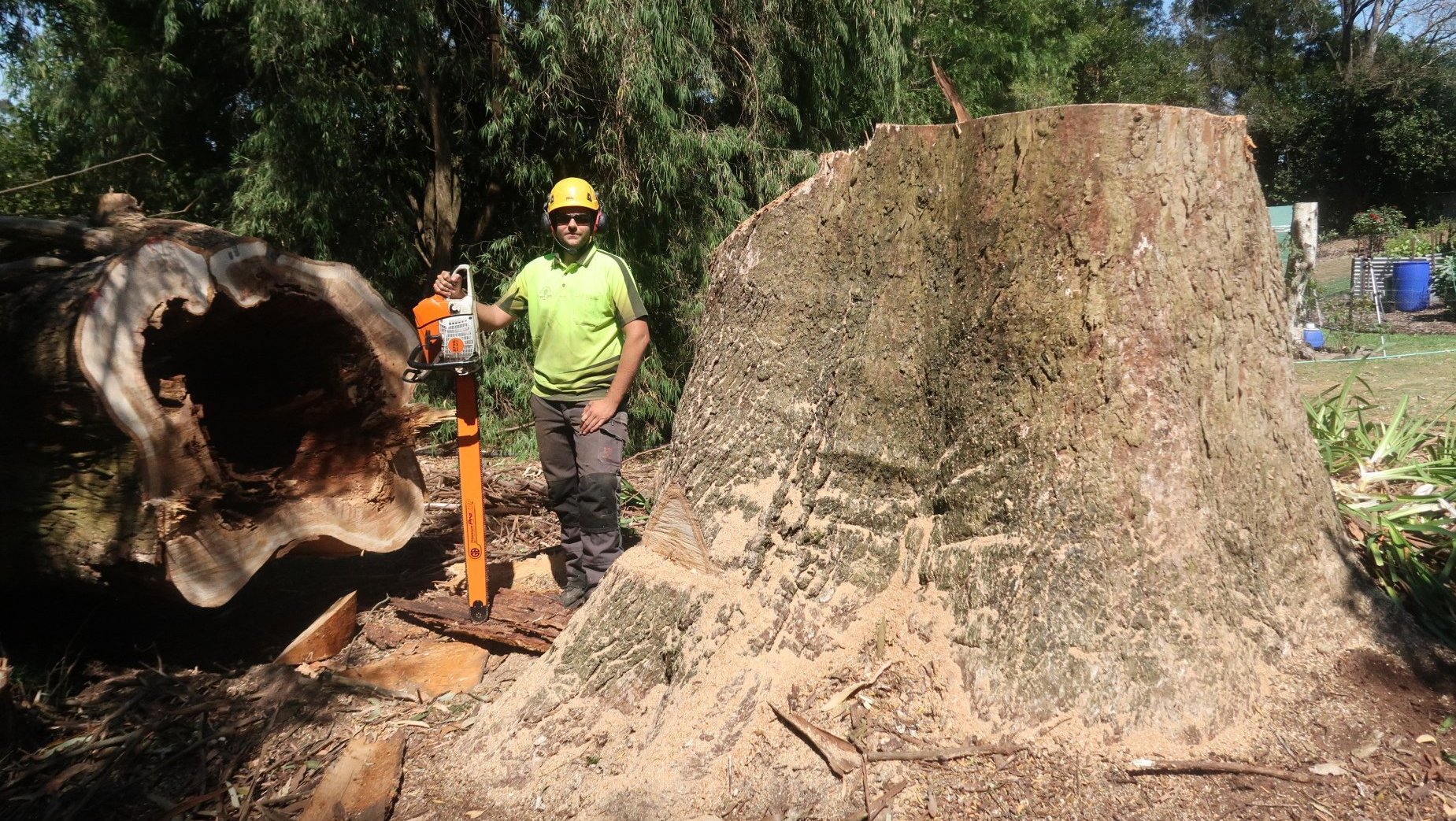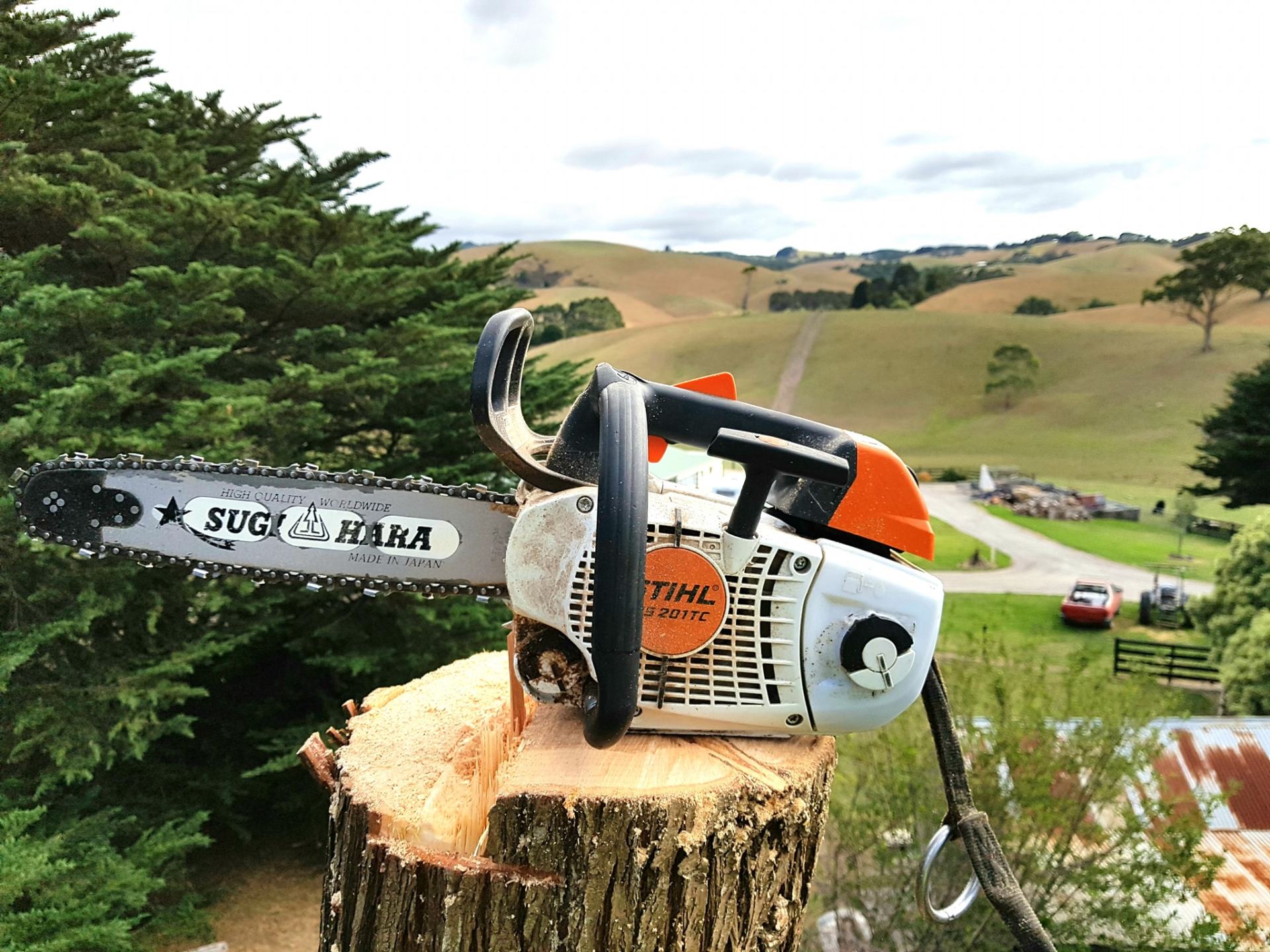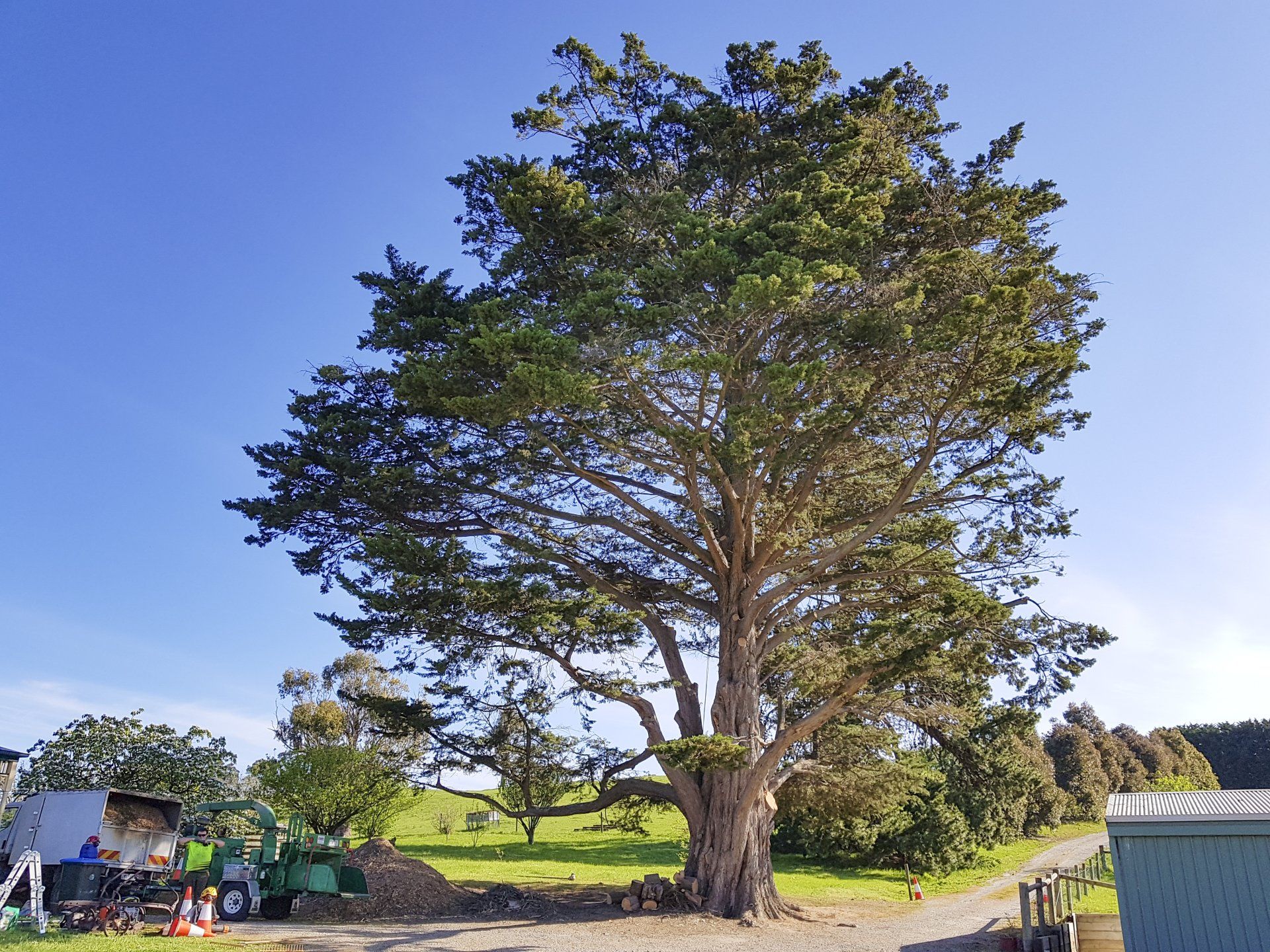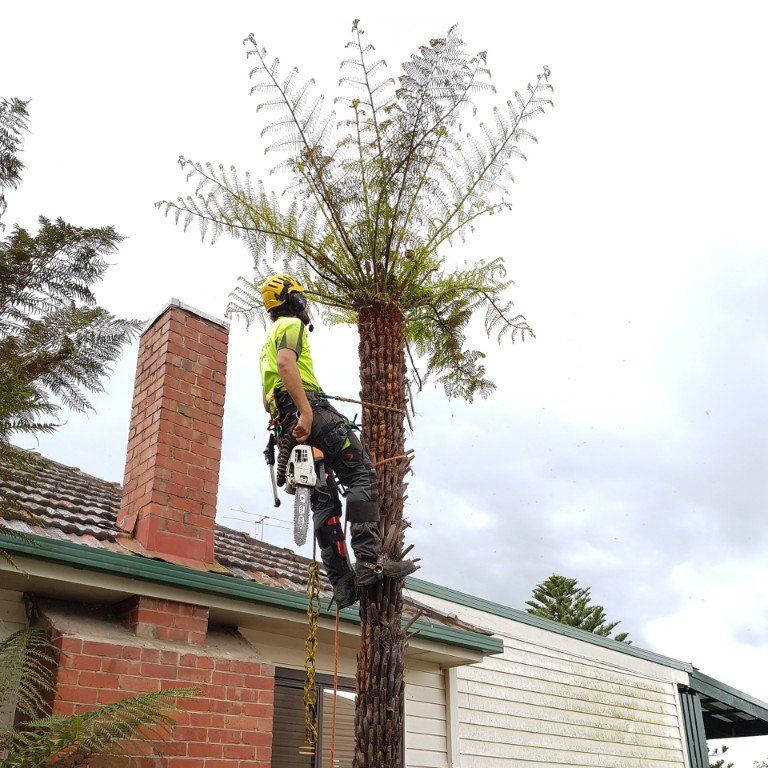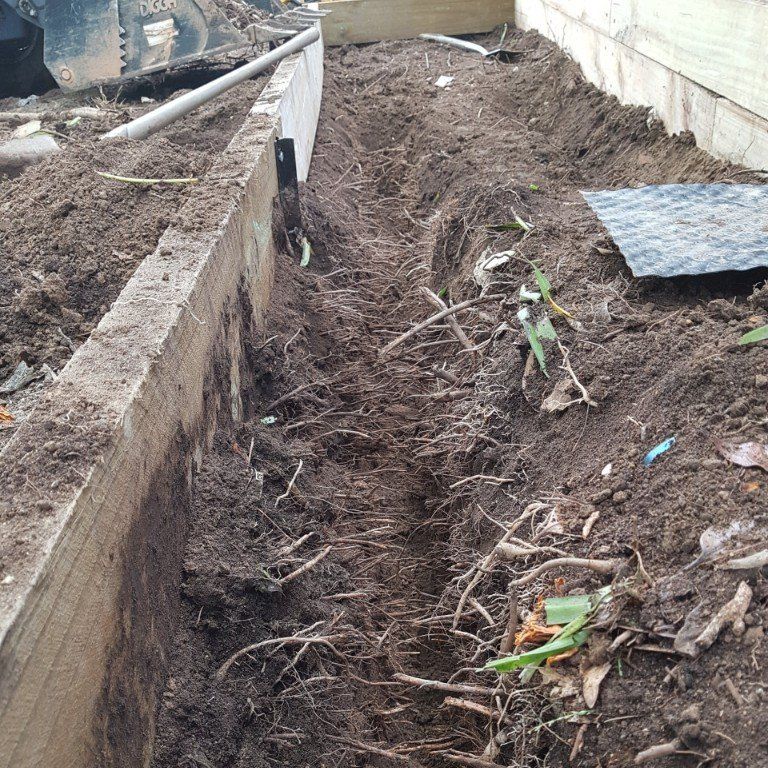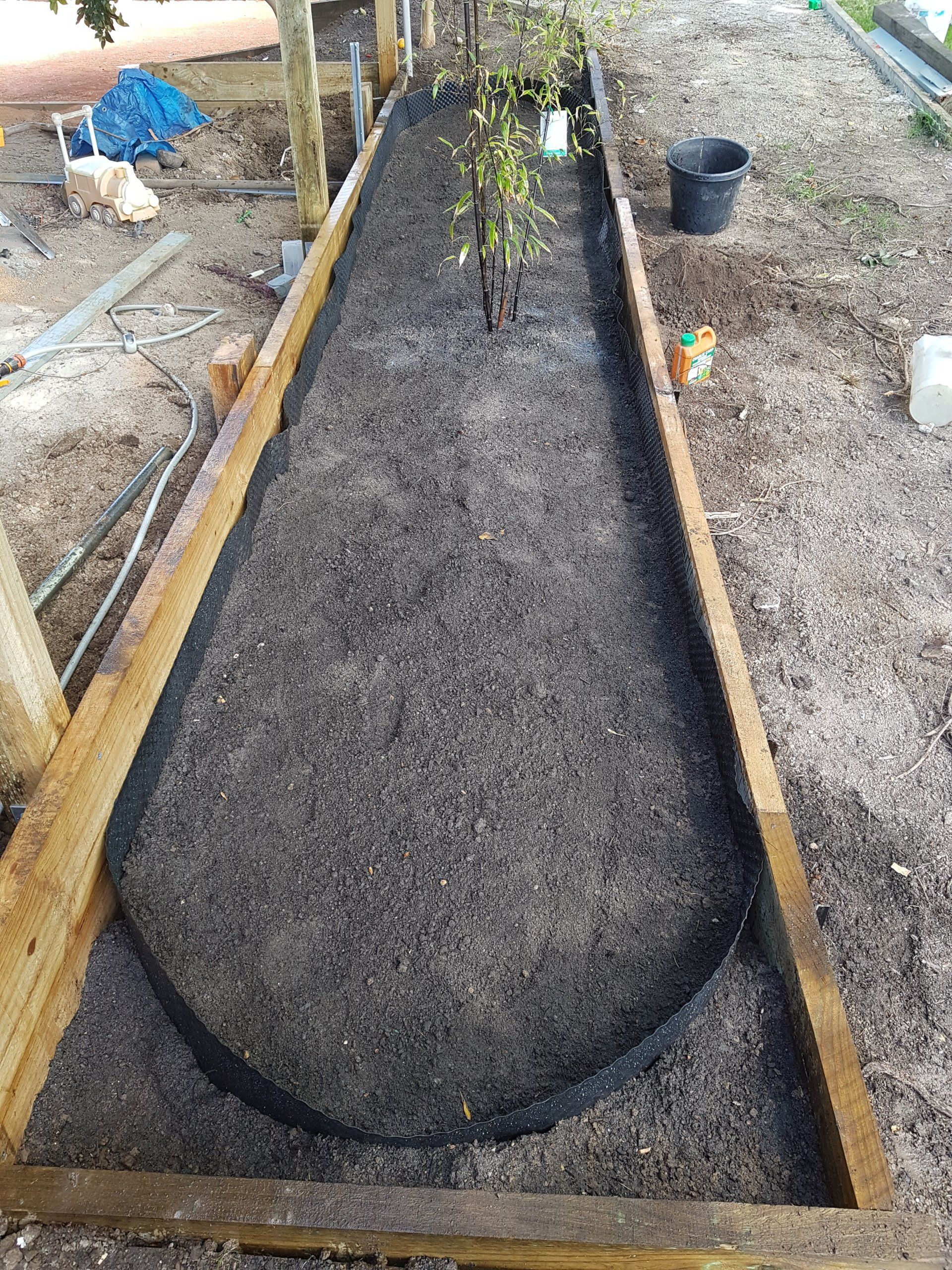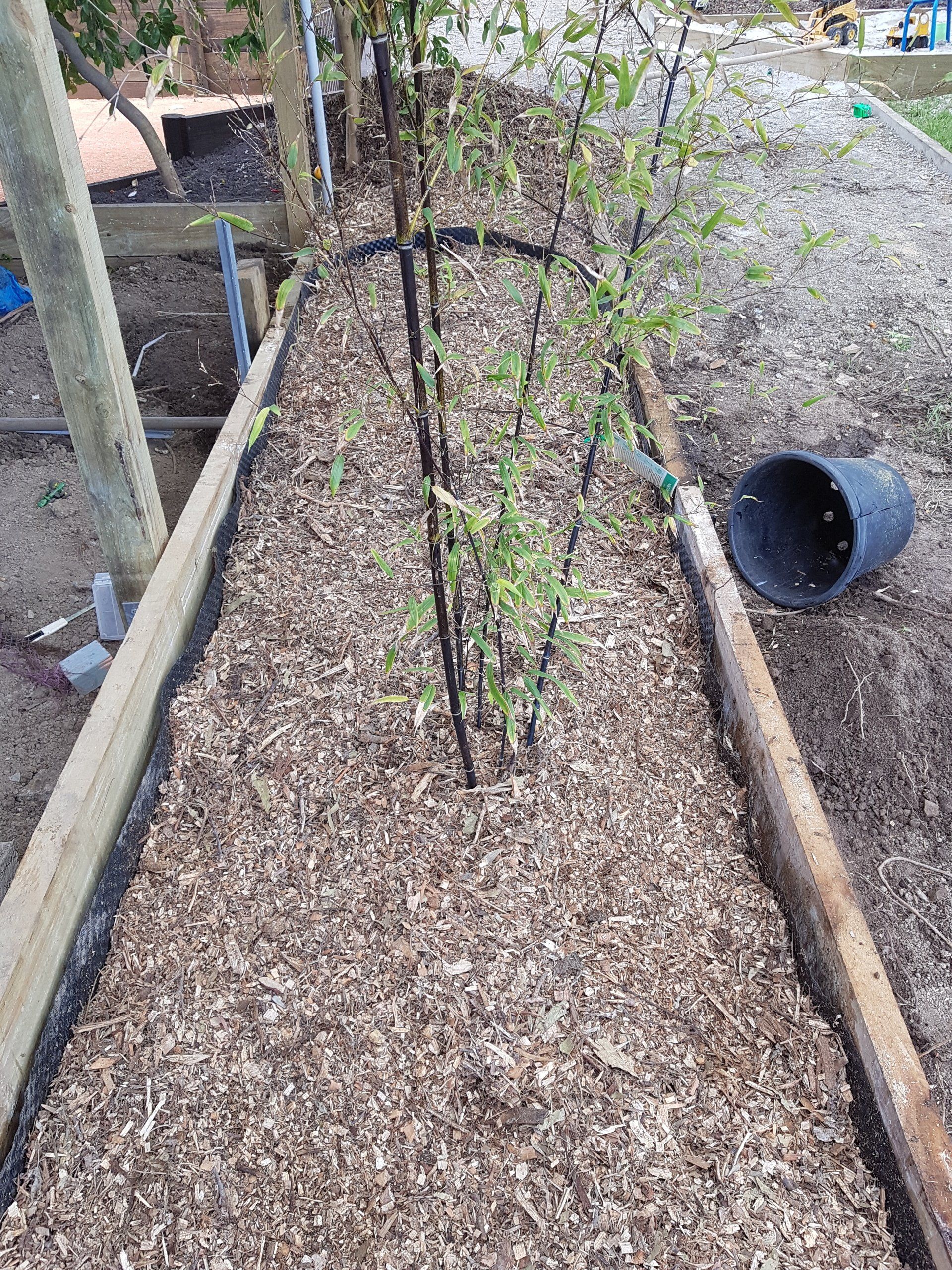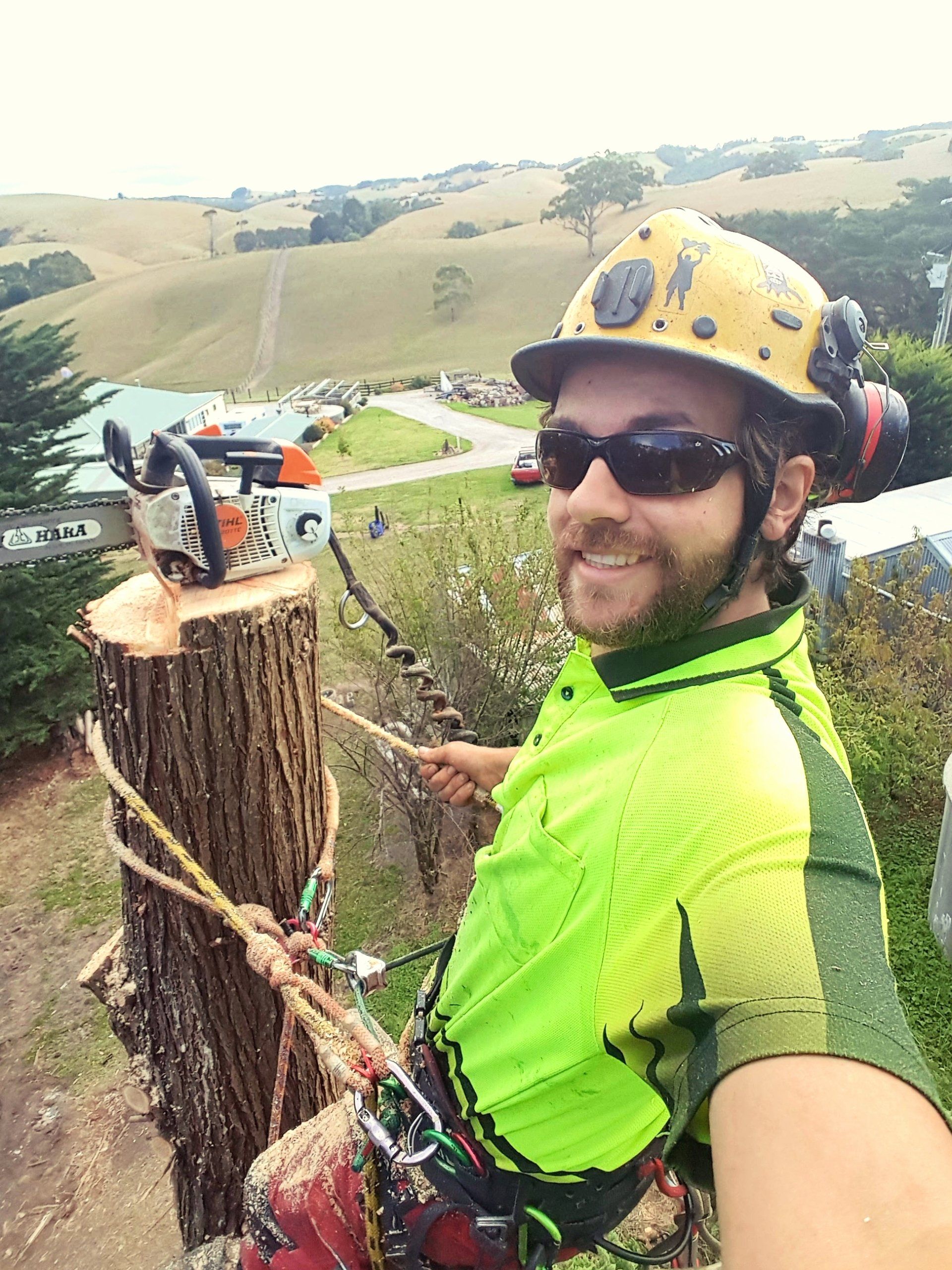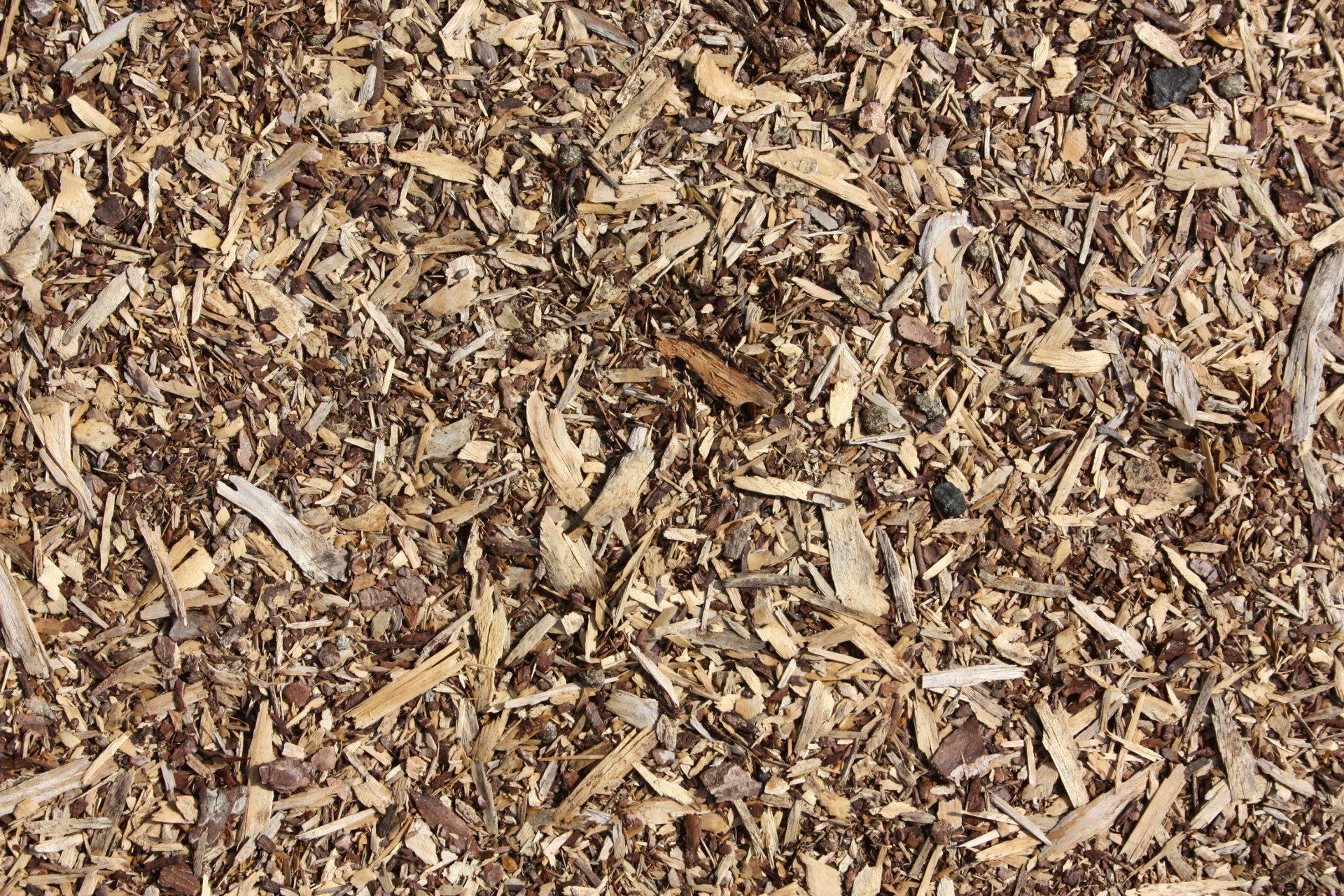How to plant Bamboo
(without letting it take over the neighbourhood)
There's no plant that divides public opinion more than Bamboo. Broadly speaking, there are 2 'types' of Bamboo - "clumping" and "running". Clumping species only spread very slowly and are the best option for the lazy gardener. "Oldhamii" is a popular, and adequate option for the Victorian gardener. On the downside, clumping species are slow to get established and sometimes not very cold hardy. Running species on the other hand are much
more versatile and hardy, although as the name implies they spread very
quickly using a network of underground runners (think Kikuyu grass x10). Although clumpers seem like the obvious choice, we'll be focusing on runners. Runners do very well in pots, but they can also be grown in the *eek* ground!
Feeling brave?
Welcome to...Jurassic Park...
Da na na na naa, da na na...
If we learnt ANYTHING from Jurassic Park (besides Jeff Goldblums tenacious charisma) it's that you need GOOD FENCES... especially for the T-Rex. You see, despite running bamboos incredible growth rate and ability to spread many metres underground, it only has very shallow roots (just like the T-rex has short arms am-I-right?). In this way it can be controlled in-ground with a tough HDPE root barrier. Again with the T-rex thing, it's obviously more effective to put a decent barrier in place first,
otherwise you'll be forever chasing it around your garden.
Step 1: Acquire root barrier
Firstly you're going to need to get yourself some root barrier. It's relatively inexpensive, often sold in rolls of 30 or 50 metre lengths. Common widths are 600mm and 900mm - in our reasonably poor soil near Korumburra in South Gippsland, Victoria the 600mm is sufficient (we start hitting sandstone at about 500mm). In sandy or deeper soil you might want the 900mm. You can also get a smooth or crinkled finish - the theory with the crinkled is to deflect roots, but for bamboo either should work fine.
Step 2: Get digging
For this step you'll need a sharp pointed shovel, trenching shovel and a tape measure to measure the trench (alternatively a small offcut of root barrier). If you're working in a large open area, hiring a trencher would be a huge advantage.
First, define the area you want to keep the bamboo in with marking paint. If you're working in a built up area, you might want to 'dial before you dig' and if you're working around mature trees it might be a good idea to contact us
before cutting through the roots.
A hoe is also a handy weapon in tough clay soil. To monitor the spread of runners over the top of the finished barrier you'll need to leave about 50mm sitting above the finished surface (Example: you're using 600mm barrier and you're planning to mulch, so you'll need to dig a 450 to 500mm deep trench which gives enough room for mulch AND the lip of root barrier above it). Digging trenches is hard, slow, thirsty work...if you couldn't hire a trencher or get a professionalto do it for you....good luck!
Step 3: Install root barrier
Install the root barrier, angling it inwards at the bottom of the trench as much as possible (you want the rhizomes to grow upwards and not downwards as much as possible). Overlap the ends by at least 1 metre, and tape the join with something like gorilla tape. The crinkled finish doesn't allow taping, so we lined up the pieces and packed soil on both sides making a very tight join. Backfill the rest of the trench with subsoil, avoiding any sharp objects that might puncture the barrier.
Step 4: Plant bamboo and apply mulch
Plant your bamboo in the desired location (it's going to fill the whole space, so don't stress too much K!) Apply some nice bush mulch to help it get established, being sure to leave that barrier exposed around the edges. As the bamboo grows simply pick up any runners that try to make a getaway and direct them back inside the barrier.
Congratulations! You've successfully installed bamboo the right way - your reward will hopefully be many, many years of hassle free growing and the shear ecstasy of admiring your lush grove each and every day.
Question: HELP! I hate bamboo and want to get rid of it!
It's difficult, but it can be done with the right herbicides and equipment. Contact us for a free quote and we'll assess which solution will be most effective. Mature stands of bamboo can also be contained with root barriers, although it may take several applications of herbicide to kill off the material outside of the barrier.
